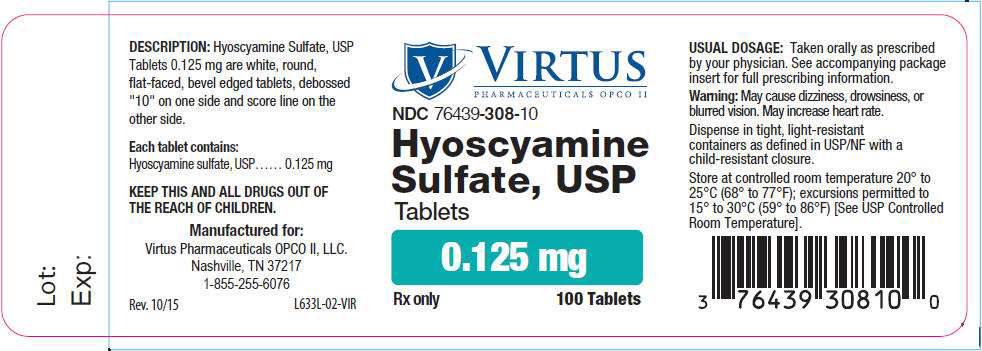Premenopausal women who use inhaled corticosteroids to treat persistent asthma may experience accelerated bone loss in the hip compared to those who do not use inhaled steroids, according to results of a new study of 109 women ages18 to 45 years old. In the September 27, 2001, issue of the New England Journal of Medicine (NEJM), researchers at Brigham and Women's Hospital (BWH) in Boston report that the effect of the inhaled steroids was directly related to the dose � that is, the bone density loss increased with the number of puffs per day and persisted throughout the three-year study.
Although the yearly changes were small, the scientists suggest that the long-term cumulative effect could ultimately put some women at high risk of hip fracture. The study was supported by the National Heart, Lung, and Blood Institute (NHLBI) and the National Center for Research Resources � both components of the National Institutes of Health.
Inhaled steroids are the recommended treatment for persistent asthma, according to NHLBI's 1997 Guidelines for the Diagnosis and Management of Asthma, because they reduce the airways' inflammation and sensitivity to certain irritants and allergens that contribute to asthma symptoms.
"As with all treatments, the goal is to maximize the benefits and minimize the risks," says NHLBI Director Dr. Claude Lenfant. "It is important to recognize that poor asthma control can lead to complications. Research has found repeatedly that compared to other medical therapies, inhaled steroids provide the best daily control of persistent asthma."
Measuring bone density at baseline, six months, and annually thereafter, the researchers compared the results among women who used inhaled triamcinolone acetonide, a steroid, at two dosage levels (4 to 8 puffs per day versus more than 8 puffs per day) and those who did not use inhaled steroids. They found that those using the inhaled steroids had decreased bone density in the hip but not in the spine or femoral neck (part of the thigh leading to the hip). The rates of bone density loss varied among the women taking inhaled steroids, but the effects were greater with higher dosages and longer duration of treatment.
Continue Reading Below ↓↓↓
"The effect of inhaled steroid use on bone density was shown to be dose related," notes Lenfant. "We encourage all patients with asthma to work with their doctors on a comprehensive treatment plan; that is, the lowest possible dose of inhaled steroids that controls their asthma symptoms as well as measures to maintain good bone health, such as adequate calcium and vitamin D intake."
One option to lower steroid dosage is to supplement therapy with long-acting beta-agonists. Two studies by the NHLBI Asthma Clinical Research Network recently found that adult men and women with mild-to-moderate persistent asthma who used both medications were able to reduce steroid dosage, on average, by 50 percent without losing symptom control. Those treated with long-acting beta-agonists alone, however, suffered from significantly worse symptoms compared to those treated with inhaled steroids alone or with both medications. These findings were reported in the May 23, 2001, issue of the Journal of the American Medical Association.
Another recent study, NHLBI's Childhood Asthma Management Program, found that inhaled steroids offered superior control with no long-term effect on bone density, as reported in the October 12, 2000, NEJM. In this five-year study of children ages 5 to 12 years, investigators found a small but temporary reduction in the rate of growth of those treated with inhaled steroids.
In general, results of earlier studies on the effect of inhaled steroids on bone density have been conflicting, although long-term use of oral steroids has conclusively been associated with accelerated bone loss and increased rate of fractures. The September 27, 2001, NEJM research report found the effects of inhaled steroids independent of oral steroid use or other conditions that could affect bone density.
Asthma is a chronic lung disease that affects more than 15 million Americans. It is currently estimated to cost the U.S. economy $12.3 billion a year in health care costs and lost productivity.
Source: FDA










